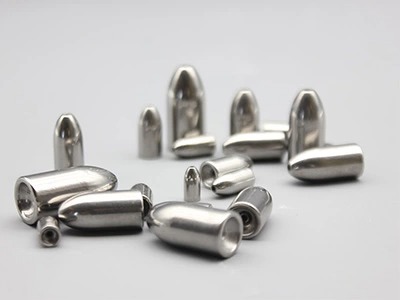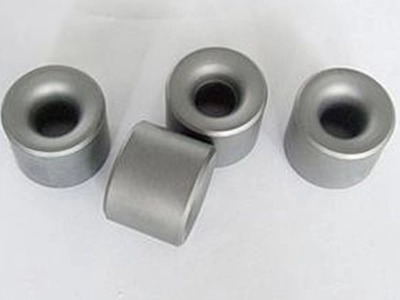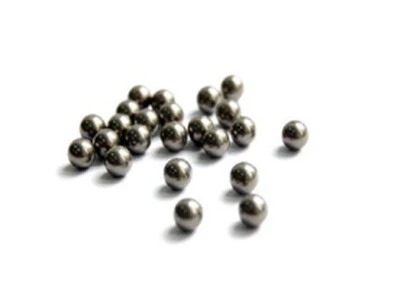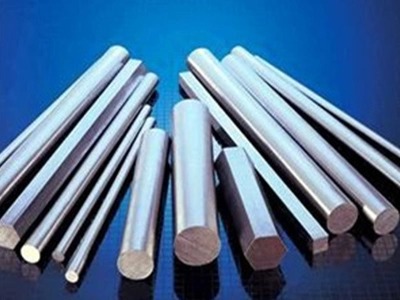Why did the price of tungsten materials soar in 2025?
The sharp increase in tungsten prices in 2025 was mainly driven by multiple factors such as supply-demand imbalance, policy regulation, and international competition. The core reasons are as follows:
The supply side continues to contract.
The mining quotas have been significantly reduced: In 2025, the first batch of tungsten mining quotas in China dropped to 580,000 tons, a decrease of 6.45% compared to the previous year. The main production areas such as Jiangxi saw a decline of over 10%, while quotas in places like Hubei and Anhui even reached zero, resulting in an expansion of the gap in primary ore to 12%.
Increased mining costs and resource depletion: High-grade tungsten ores (such as black tungsten ore) are on the verge of depletion. The original ore grade has dropped from 0.42% to 0.3%-0.5%, and the mining cost has exceeded 100,000 yuan per ton. The proportion of small and medium-sized mines that have shut down exceeds 30%.
Environmental protection constraints have intensified: wastewater discharge standards have been raised by 50%, the safety level of tailings ponds has been upgraded, and environmental protection investment accounts for 18% of production costs, thereby squeezing effective production capacity.
Structural surge in demand side
High-end manufacturing sector demand surges: The proportion in the military industry has risen to 12%, and the usage of special equipment and hypersonic missile thermal protection systems has doubled; the domestic substitution rate of hard alloy cutting tools has reached 78%, and the renewal of CNC machines has shortened the order delivery cycle.
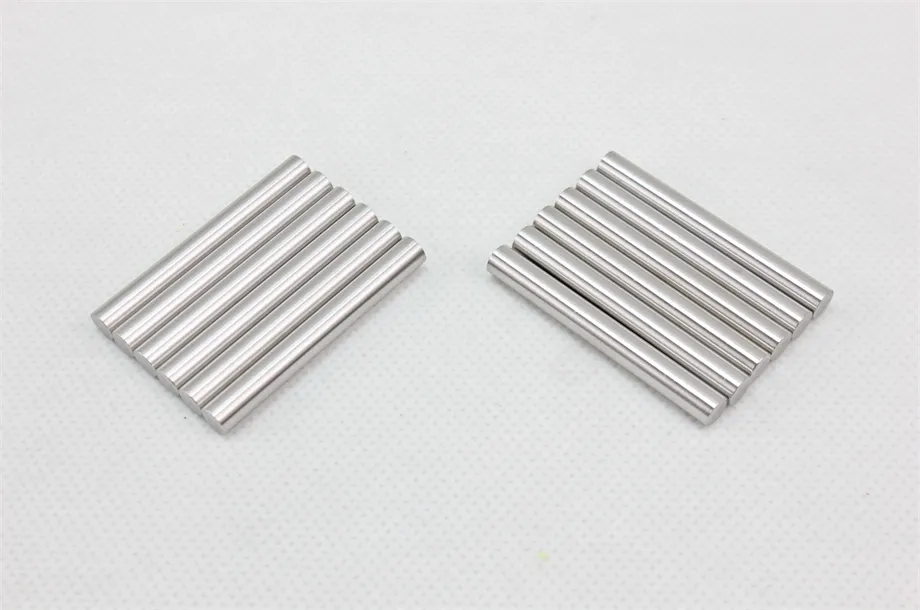
New Energy Technology Breakthrough: The penetration rate of photovoltaic tungsten wires has exceeded 14% (12,000 kilometers of single GW components are required), and the global market size exceeds 20 billion yuan; the demand gap for nuclear fusion tungsten components reaches 5,500 tons, driving the price to rise.
Emerging Fields Expansion: The usage of low-altitude economy drones, semiconductor equipment, and large-scale infrastructure (such as shield machine cutter heads) has increased by 26.3% year-on-year.
Policy and competition for international resources
Domestic policy regulation intensifies: The export quota system for products is implemented with "one product, one certificate"; the export price of tungsten and iron is controlled at $385 - $395 per kilogram; the reform of resource tax may increase the cost of mines by another 10%, forcing an upgrade of the industry.
Global Strategic Reserve Competition: The EU has launched a tender for 20,000 tons of tungsten reserves (accounting for 15% of global consumption), the US plans to establish a national reserve, the spot premium rate has soared to 6.5%-8%, and traders' hoarding accounts for 30% of the circulating inventory.
Geopolitical impact: The conflicts in the Middle East have increased the value of strategic resources. China accounts for 83% of global production. The competition in the supply chain has intensified price fluctuations.
Overall impact and risks
The supply-demand gap reached 2,642 - 4,679 tons, driving the price of black tungsten concentrate to rise by 19% - 21% within the year, and it broke through 18.400 yuan/ton in July, reaching a new historical high. However, downstream hard alloy enterprises reduced production due to cost overruns (with gross profit margins falling below 10%), and the potential substitution of silicon carbide cutting tools and other technologies may restrain the growth.

 EN
EN AR
AR FR
FR DE
DE HI
HI IT
IT JA
JA KO
KO PT
PT RU
RU ES
ES ID
ID LV
LV VI
VI HU
HU MS
MS GA
GA BE
BE YI
YI EU
EU